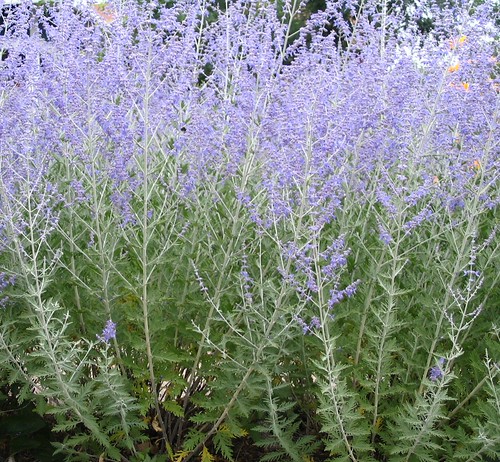
TheGardenLady first fell in love with Perovskia atriplicifolia, Russian Sage, during a summer visit to Chicago when she saw clouds of a lavender mist that billowed in the breeze. Perovskia is such a great specimen plant and when planted in mass makes such a lovely airy floral scene, that TheGardenLady knew she had to have the plant in her garden.
Perovskia is a very easy plant to grow in zones 4-9. TheGardenLady loves easy to grow plants with long – flowering seasons and Perovskia, besides being easy to grow, also has a long season of bloom – from July to October. The plant forms a bushy clump of lacy, fragrant, grayish leaves with spikes of rich lavender -blue flowers that become increasingly brilliant as they open. Perovskia loves hot, sunny sites and can tolerate drought. It is native to the high deserts of Afghanistan but was named by a Russian botanist after B. A. Perovski, a Turkestani governor of one of the Russian provinces. And the plant is not a sage (Salvia) but was probably given its common name from the sage aroma given off when the leaves are crushed.Â
Continue reading “Perovskia Atriplicifolia aka Russian Sage”


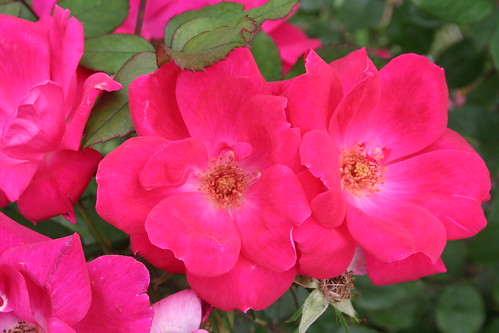

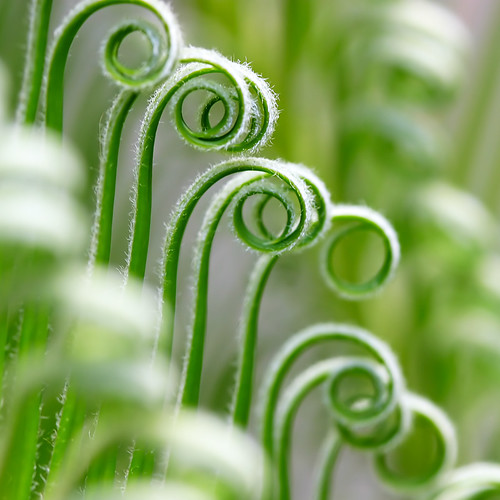
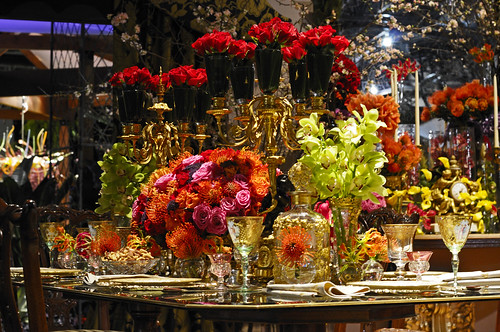 Â
 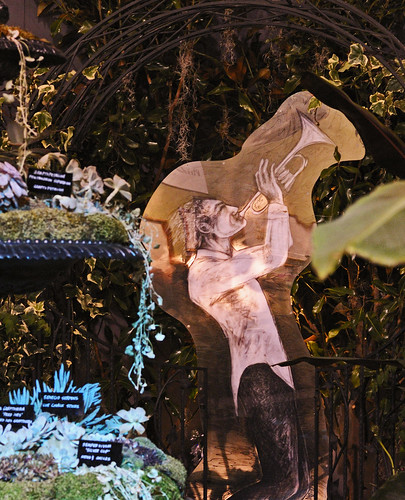 From the minute you enter the show and walk under an archway of floating piano keys and exotic cut flowers such as allamandas and heliconias and then see more
From the minute you enter the show and walk under an archway of floating piano keys and exotic cut flowers such as allamandas and heliconias and then see more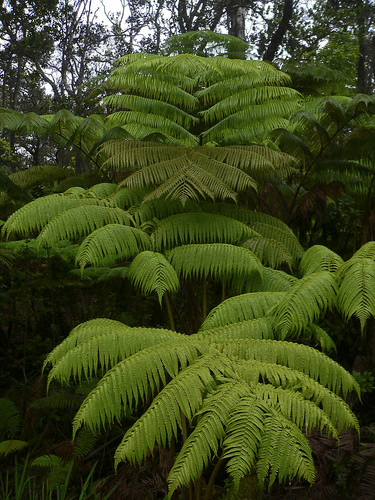


 Â
Â